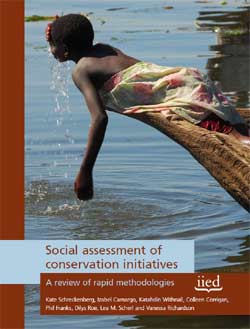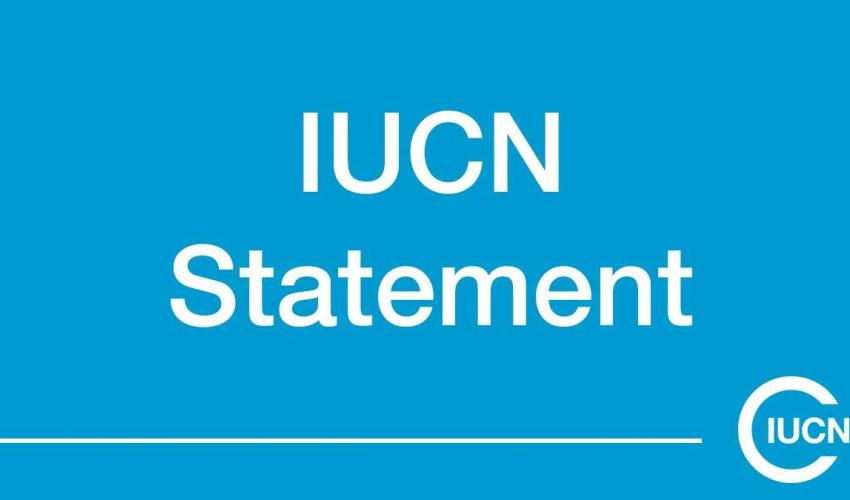Social Assessment of Conservation Initiatives
Social Assessment of Conservation Initiatives - CEESP TILCEPA and TGER member and Regional Vice-Chair (Oceania) has been involved in the production of the following report.

Photo: IIED
The 9th Conference of the Parties to the Convention on Biological Diversity (CBD) held in 2008 called on Parties to ensure protected areas contribute to the eradication of poverty and to sustainable development. Understanding the social effects of protected areas is a prerequisite for ensuring this contribution, but to date there is little data available to allow this.
Some studies provide contradictory evidence from the same sites because they have been carried out with different methodologies or with different biases and assumptions. This not only makes it difficult for robust comparisons across protected areas but further complicates the task of addressing genuine concerns or of enhancing potential benefits. This issue is likely to become increasingly important as the pressure to protect land and natural resources escalates – for example under proposed schemes for Reduced Emissions from Deforestation and Forest Degradation (REDD).
The Social Assessment of Protected Areas (SAPA) initiative arose in recognition of the lack of a standardised, objective approach by which to qualify and quantify these impacts. The term “protected areas” is traditionally associated with state-sponsored, formal efforts to conserve wildlife and natural habitats. But, as elaborated in a recent revision of IUCN's protected areas typology, they take many forms – ranging from pristine natural habitats and cultural sites to multi-functional landscapes – and operate under widely different governance structures – from state-owned and managed national parks to natural or cultural sites that have been established and managed by indigenous and local communities.
Moreover, sites/landscapes/seascapes that are identified as having potential to mitigate climate change – through REDD or other mechanisms – will become de facto protected areas because of the need to better protect resources within them. This report is therefore of relevance to a wide range of situations where natural resources are under some kind of conservation or management regime, and where this regime may have consequences for local residents and other stakeholders. The majority of social assessment methodologies reviewed are not specific to protected areas and are likely to be just as valid for those seeking to undertake social assessments of any kind of natural resource management including rangeland, coastal resource management initiatives, and carbon initiatives. This report is one output of the SAPA initiative.



